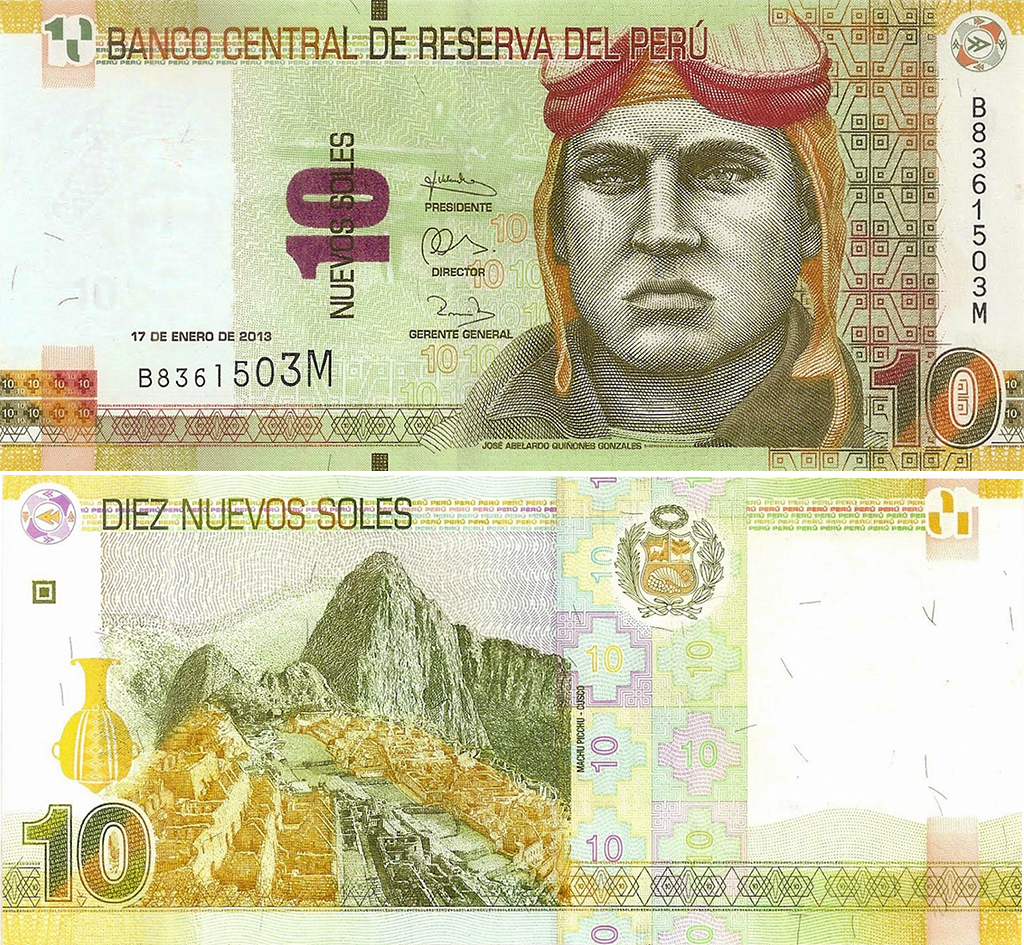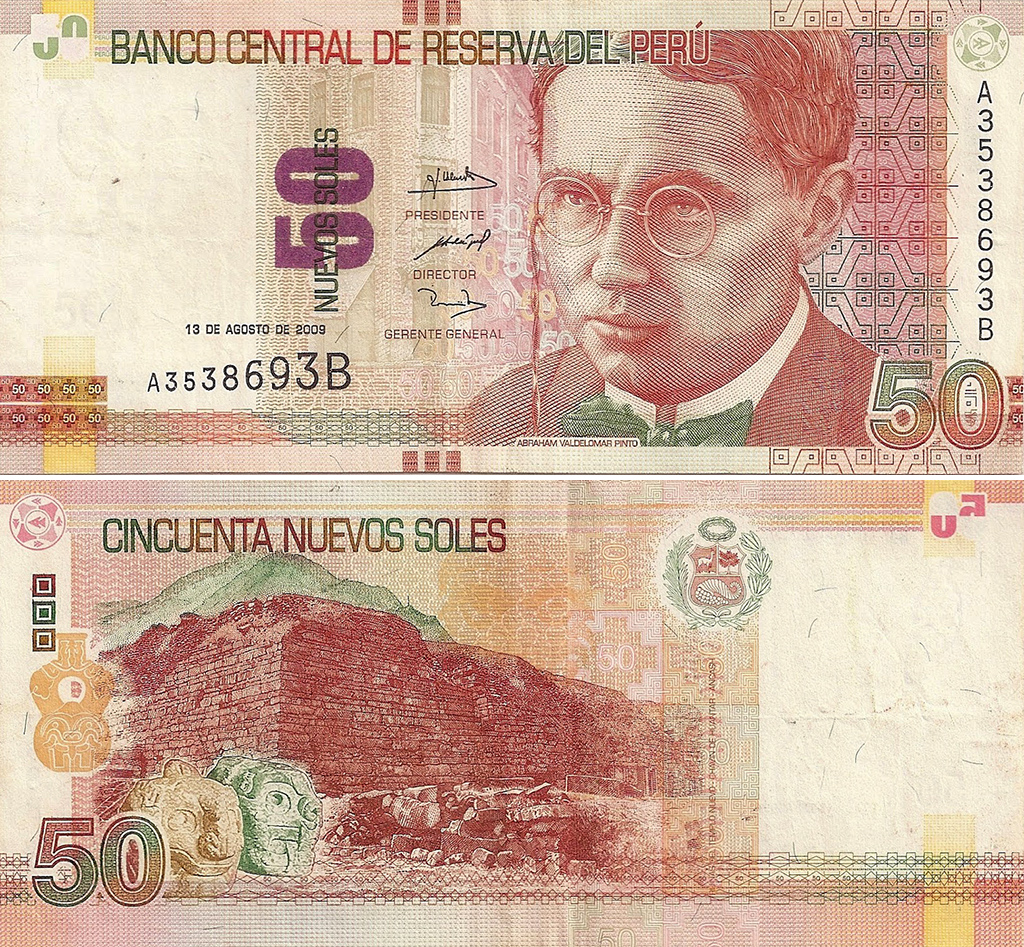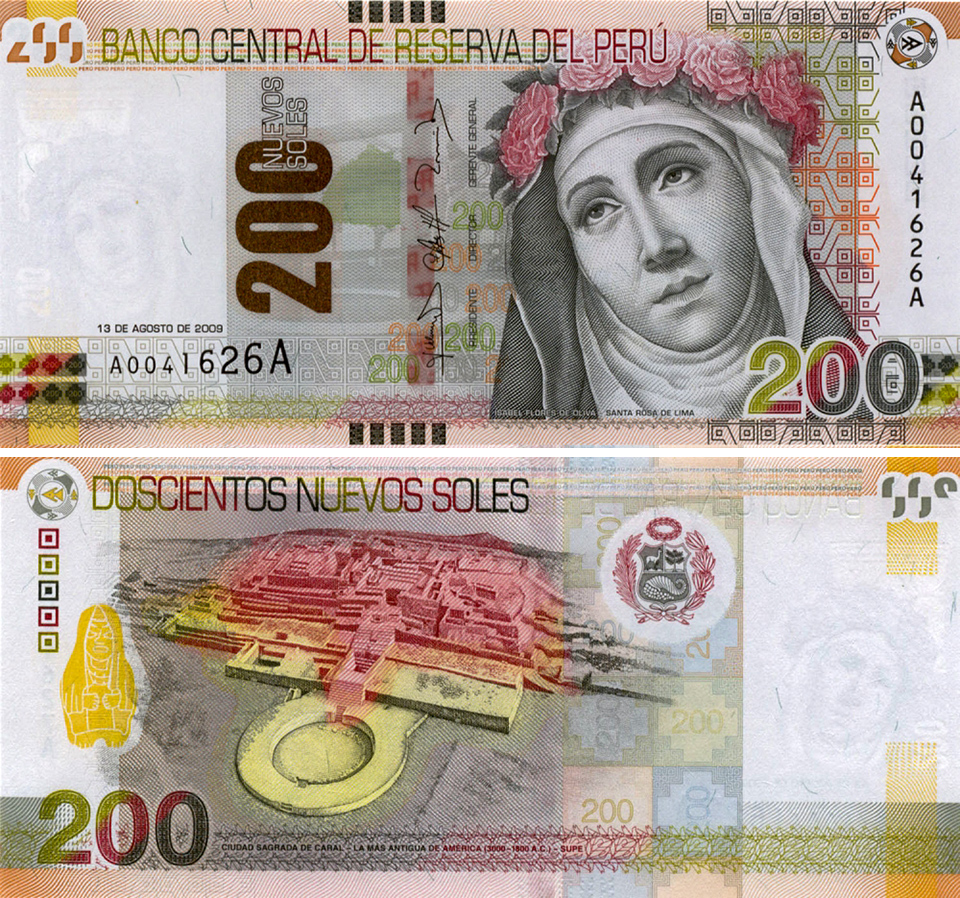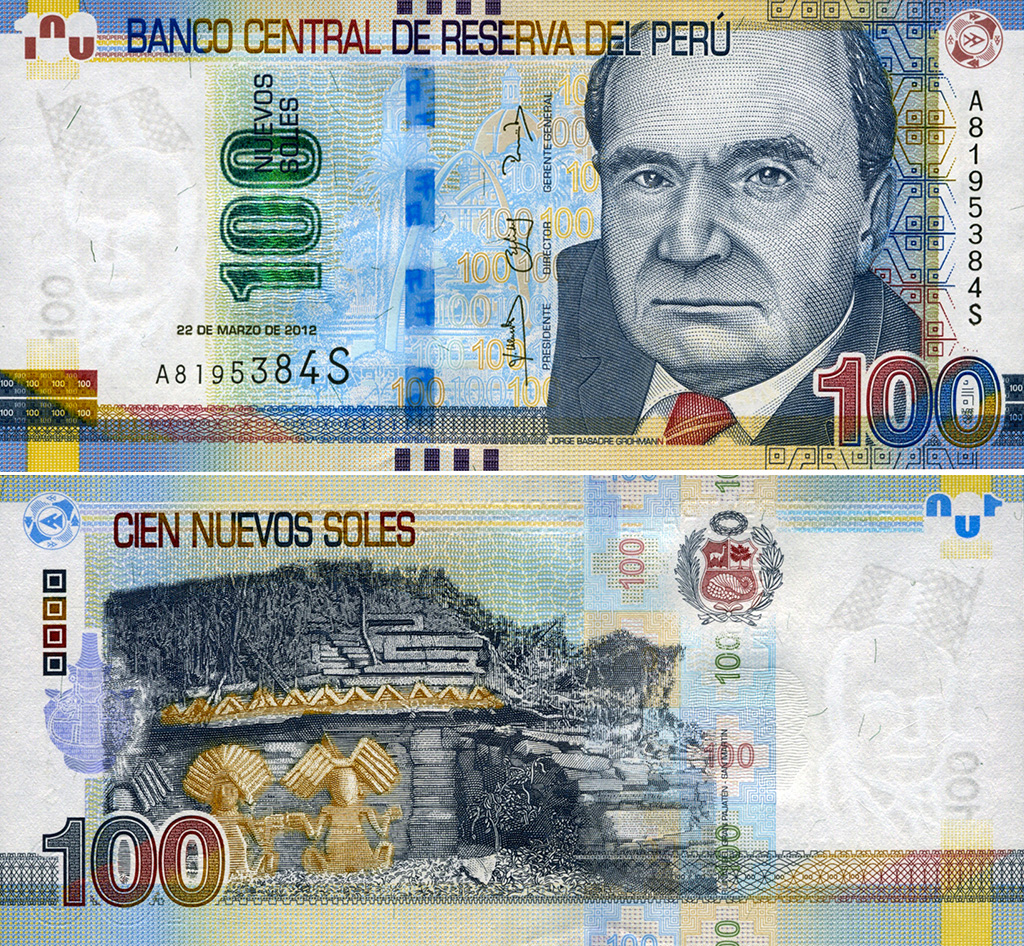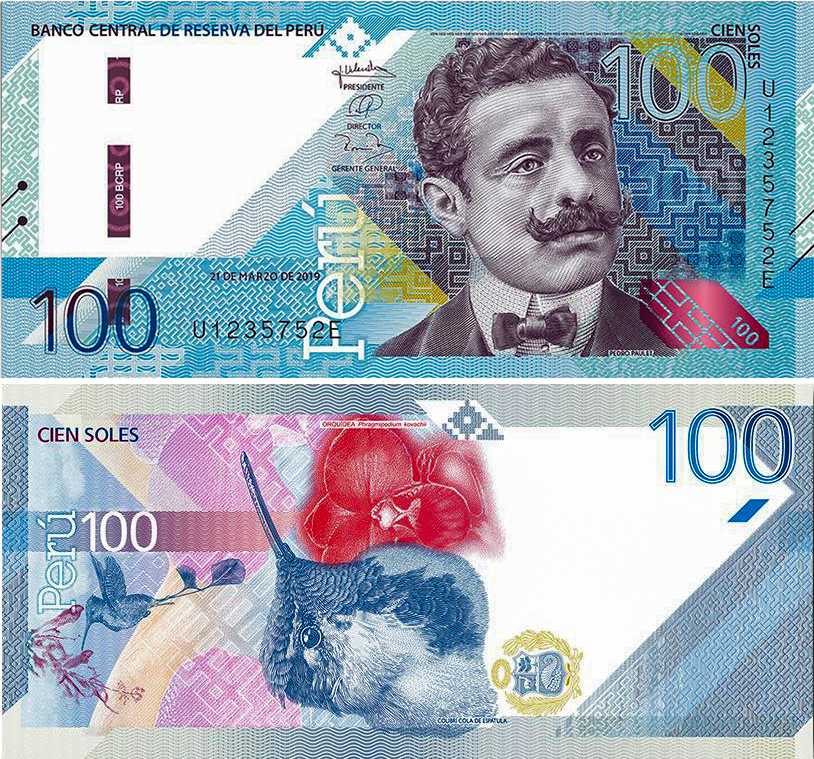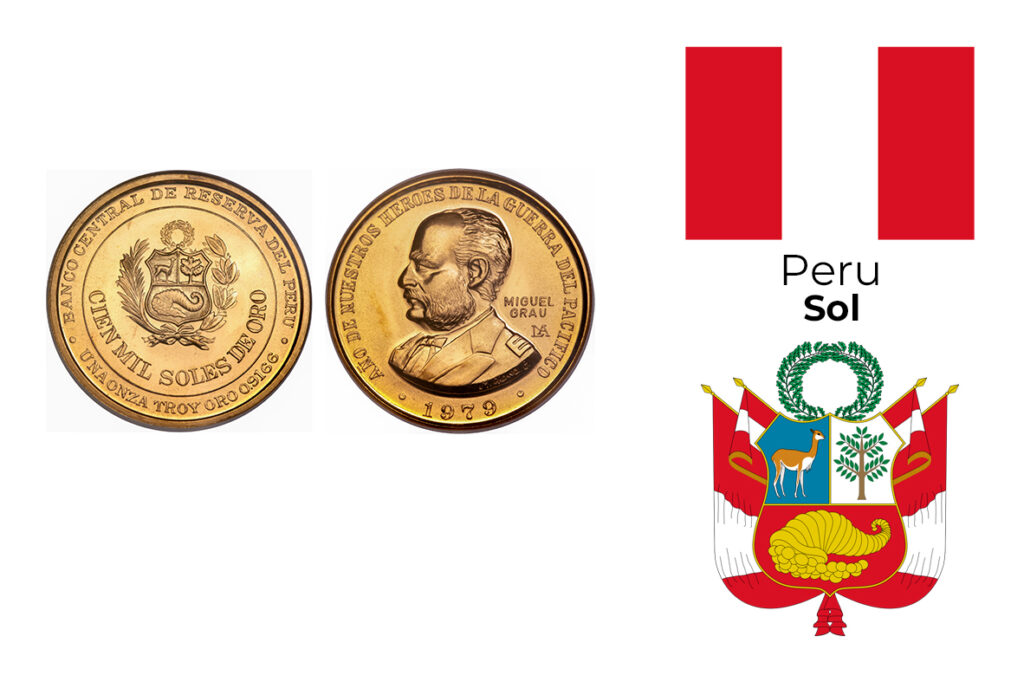
The swerving saga of Peruvian Sol
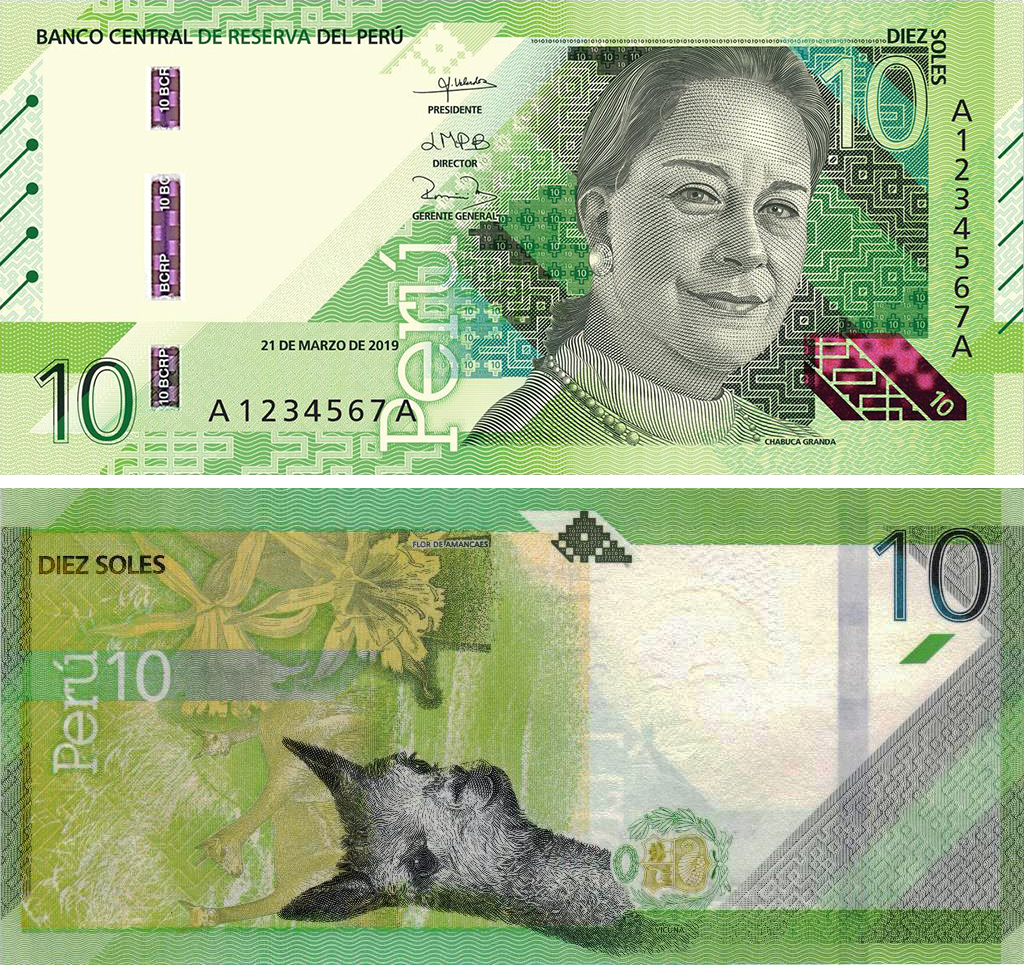
Occupying the western coast of continental South America, Peru presents a picture of peace and prosperity. This third largest Latin American nation is a natural paradise encompassing a range of habitats, from marine coastlines to mountainous Andes and to the tropical Amazon. Peru is blessed with a bounty of natural wonders and congenial climate. For these very reasons, human history in Peru is old but this land was made famous by the indomitable Incas who ruled over much of modern day Peru between 1438-1532 CE. Forced to fight for their survival, the Incas fought valiantly against the colonial invaders. However, the gunpowder of Spanish armada proved too much for the natives who helplessly watched as the Spaniards razed through the Peruvian countryside by the middle of 16th Century CE. Call for independence were made early; by 1821 CE nationalists stood up in defiance and supported by the armory of José de San Martín and Simón Bolívar, Peru attained freedom in 1824 CE. However, it has not been a smooth ride since then; there have been intermittent good and not so good patches affecting political and economic stability.
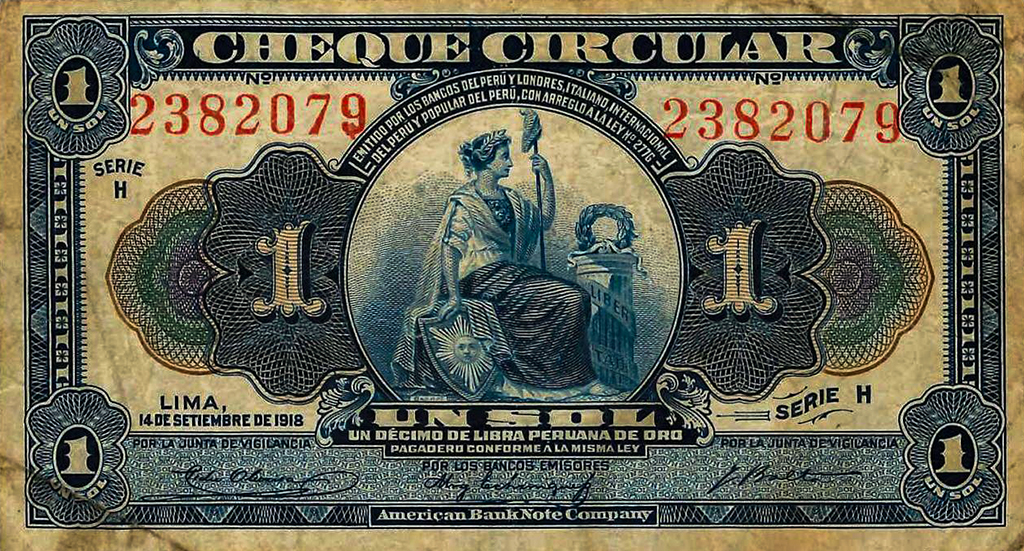
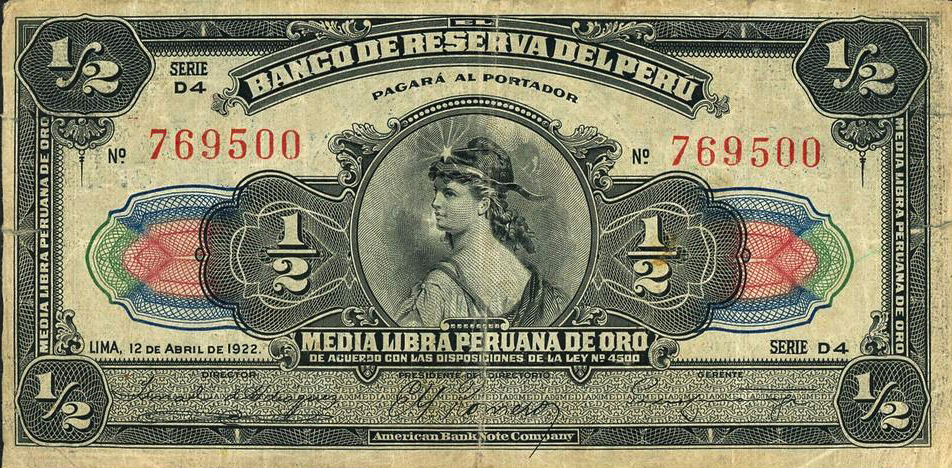
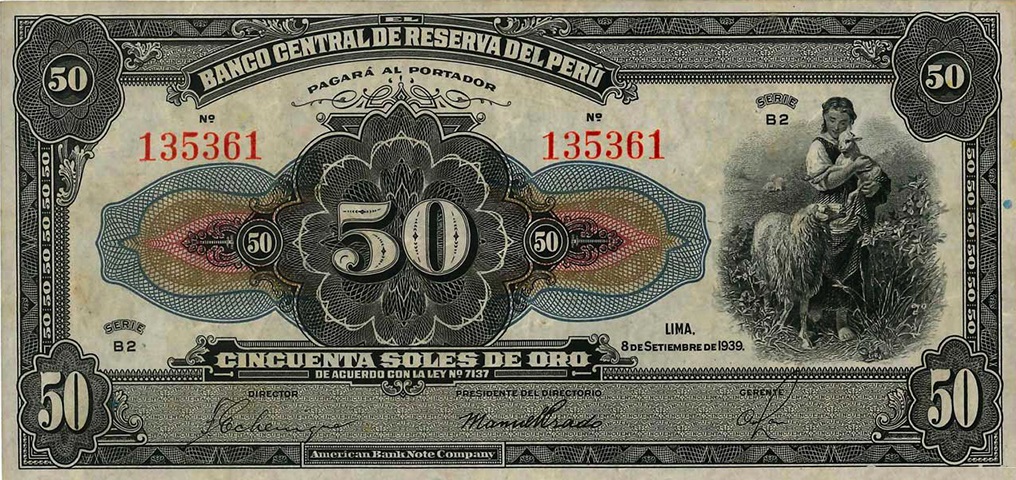
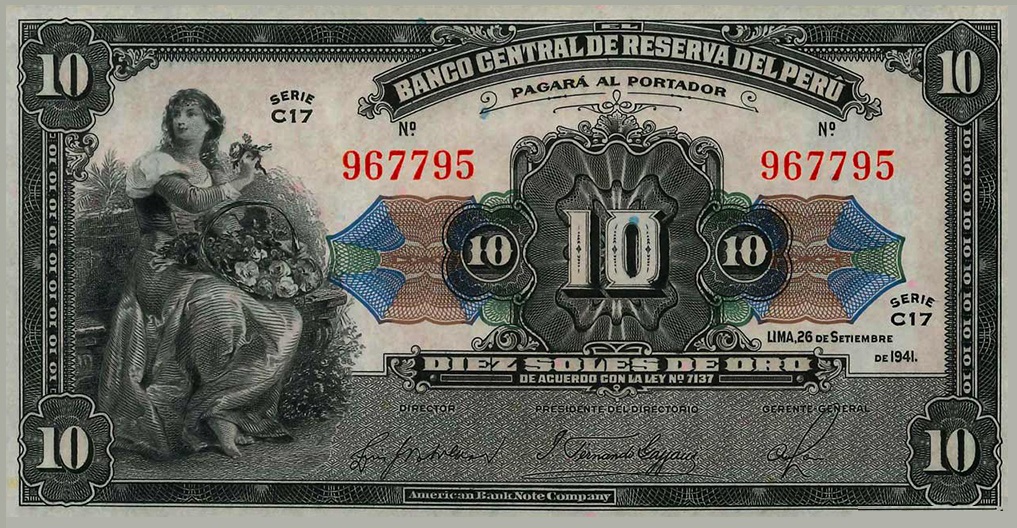
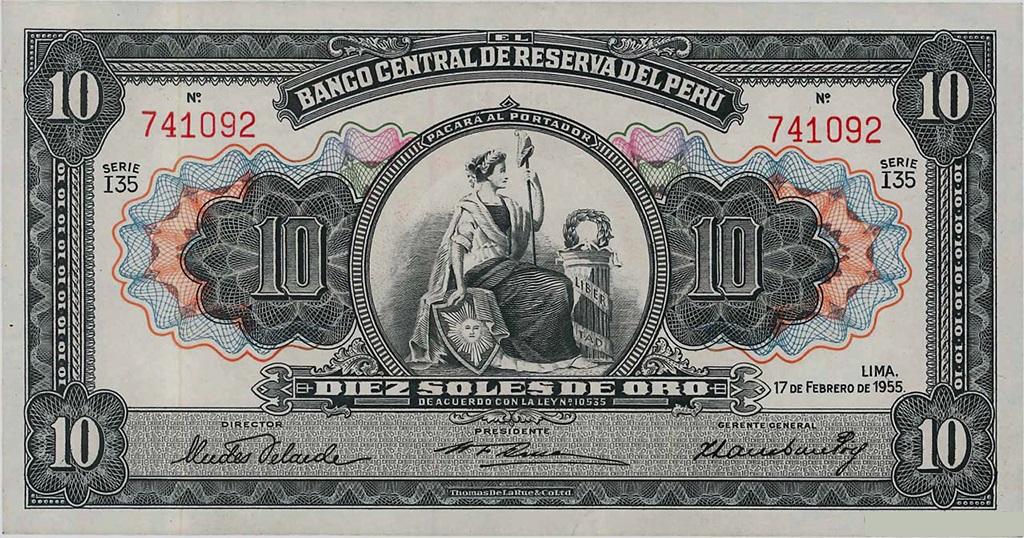
Before independence, Spanish circulated the Reales until 1863 CE. Between 1863-1985 CE, Peruvian Sol became the official currency. In between, lesser known currencies such as Peseta (1880-1882 CE), Inca (1881-82 CE), and Libra (1898-1931 CE) have also been in circulation. In 1985 CE, Peru revalued and rechristened its currency to Inti (1 Inti = 1000 Soles) to combat the unstoppable inflation. But this measure failed to achieve the intended goal and again in 1991 CE, Inti was changed to Nuevo Soles (1 Nuevo Sol = 1000000 Intis). Banco Central De Reserva Del Peru (Central Reserve Bank of Peru) is the authority overseeing the design, printing and issue of Peruvian Banknotes.
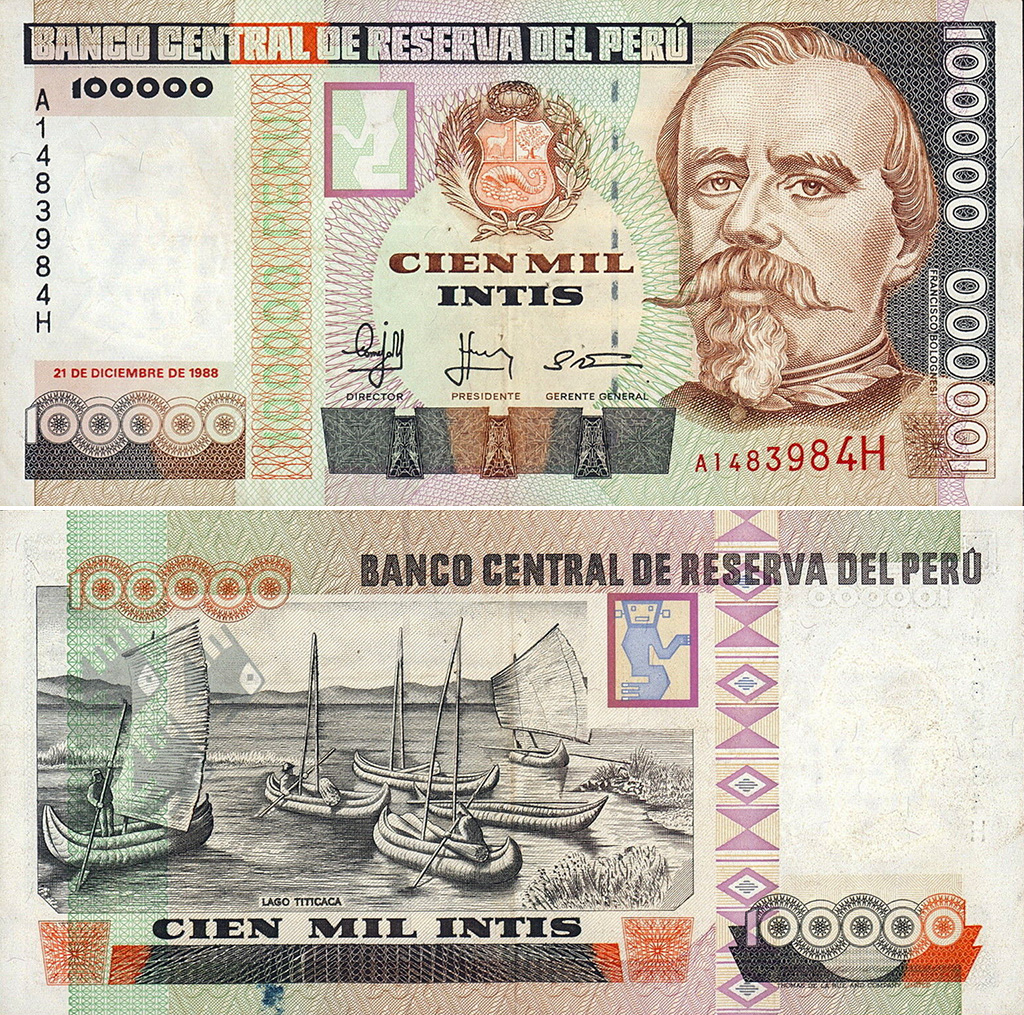
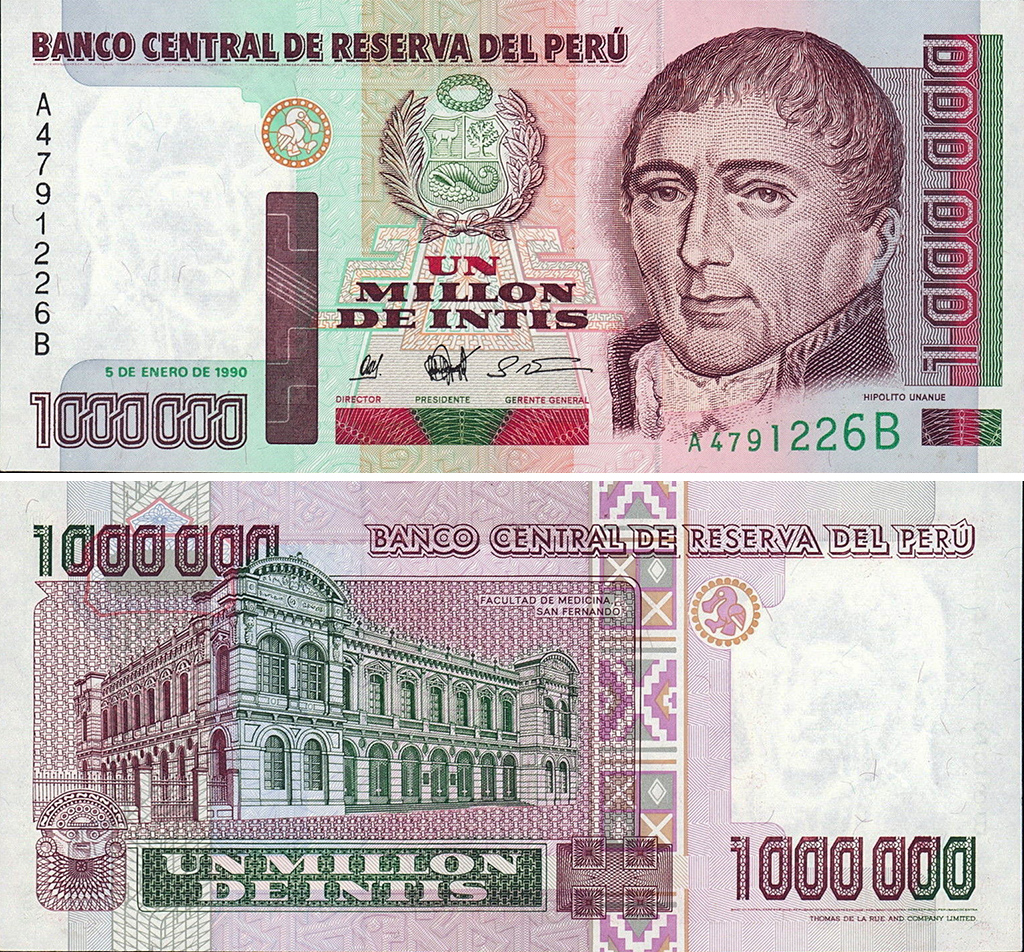
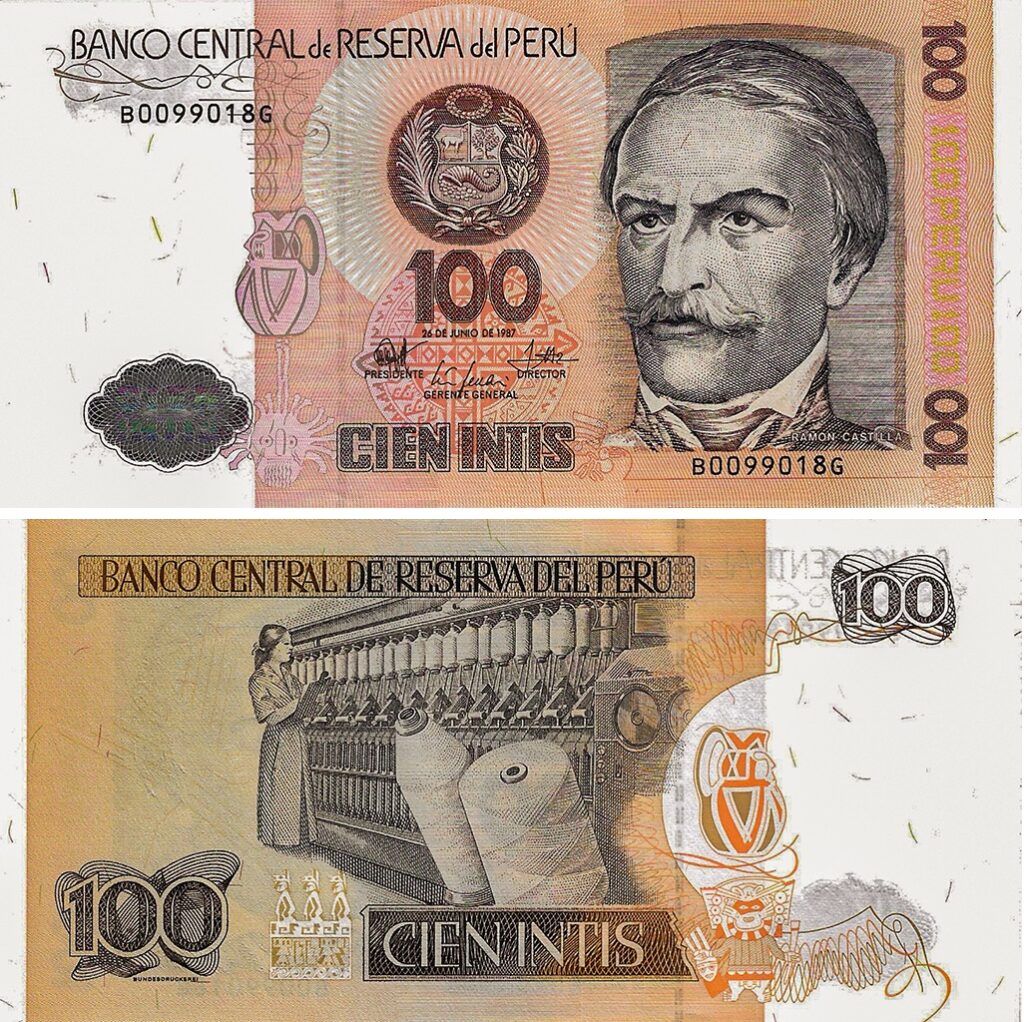
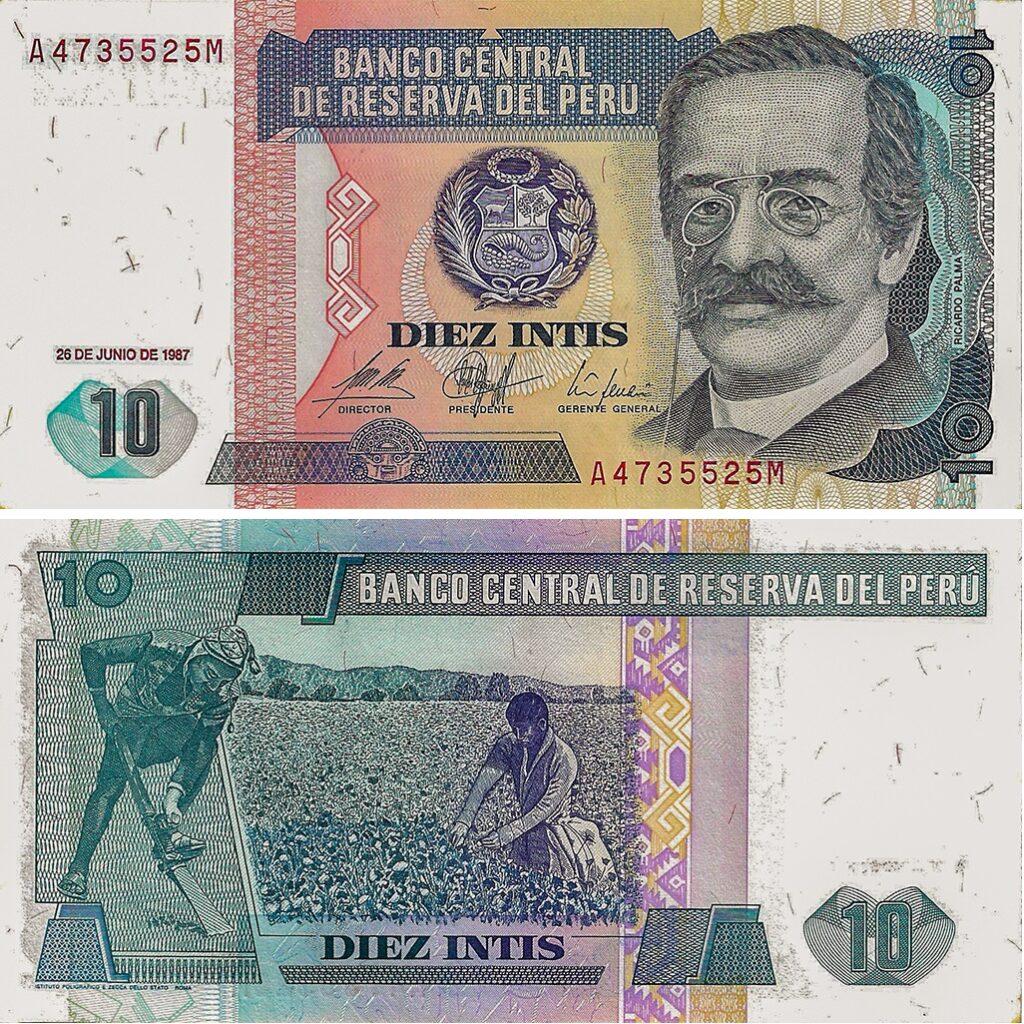
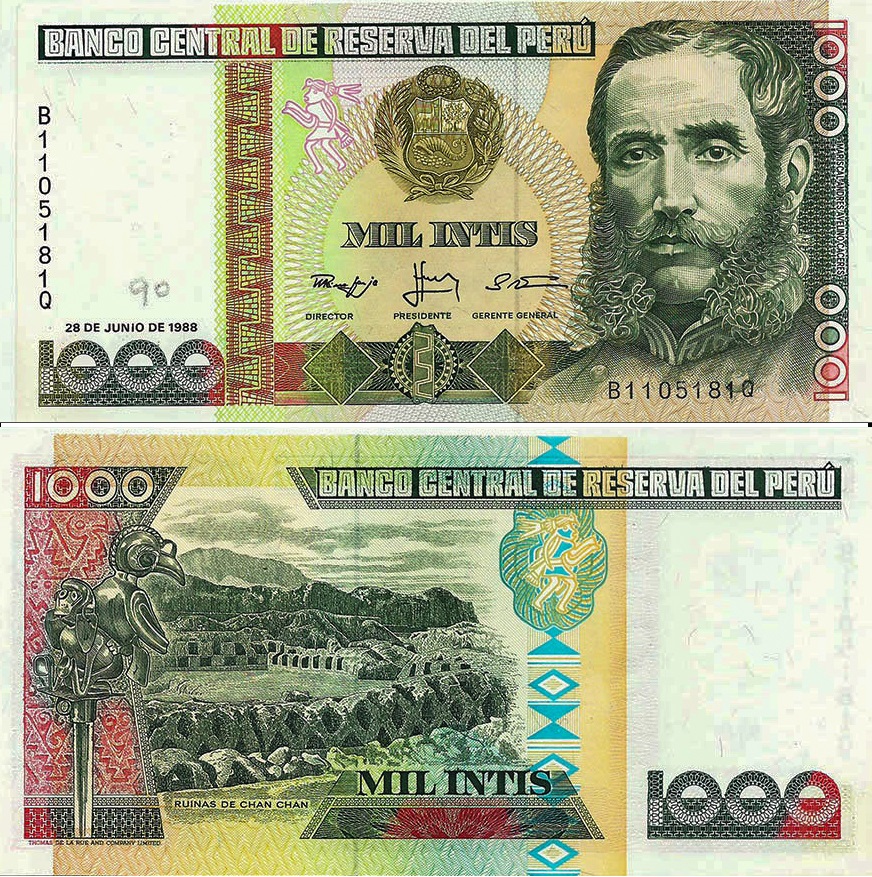
Key Features | The new 2019 Edition of Peruvian Soles is a giant leap in design and printing standards. The first conspicuous change is the layout – horizontal at observe and vertical at reverse. At the observe, there are (i) numerals for denomination at two diagonally opposite corners in equal size and Serial number in both horizontal and vertical alignment (ii) texts for issuing authority – Banco Central De Reserva Del Peru – designation of 3 signatories, denomination in words (at top right corner), and date of issue (iii) Graphic elements including a portrait prominent set against a background composed of abstract patterns. The reverse gets rotated by 90 degrees with wildlife taking the center stage. There are (i) numerals for denomination (ii) texts for “Peru” and denomination in words (in Spanish) and (iii) a set of Images – One prominent and 2-3 secondary including the national emblem – are seen on company of abstract linear patterns as background.
